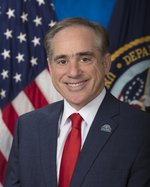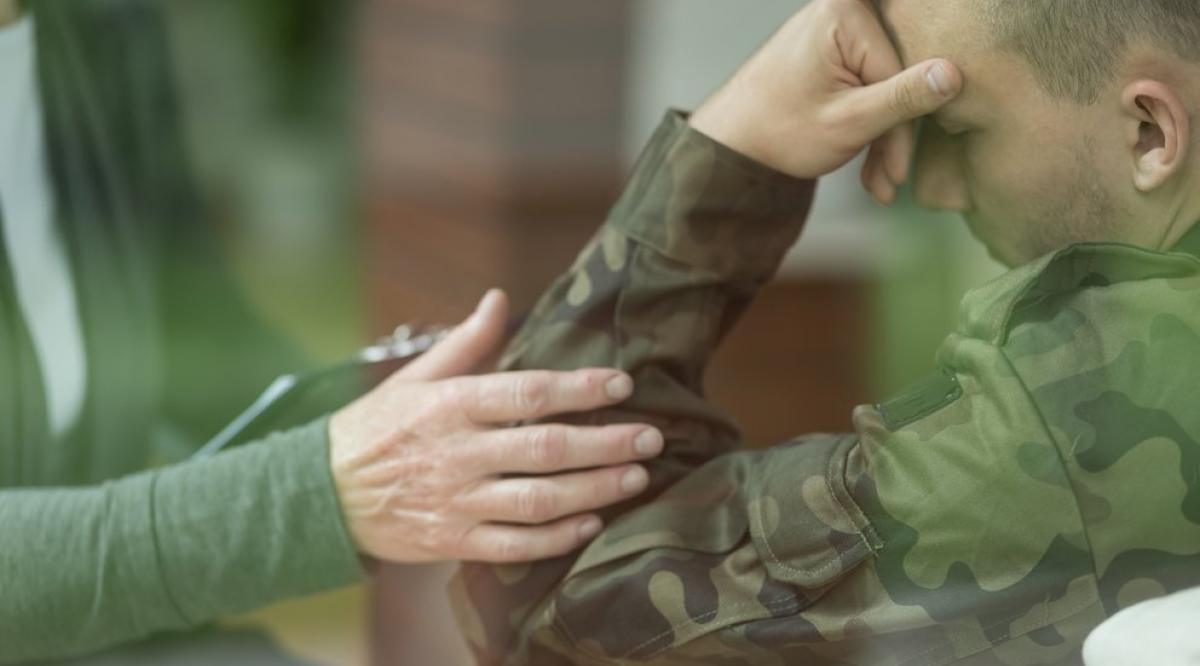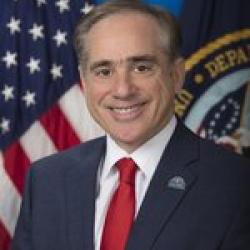Editor’s note: The opinions expressed by the author do not necessarily reflect the opinions of the AAMC or its members. On Nov. 3, 2017, Secretary Shulkin met with leaders of the nation’s medical schools and teaching hospitals at Learn Serve Lead 2017: The AAMC Annual Meeting to discuss the importance of academic affiliations in caring for veterans, advancing research, and educating future physicians.
In September 2017, I testified before the Senate Veterans Affairs Committee on efforts at the U.S. Department of Veterans Affairs (VA) to reduce suicide among military veterans. Our nation has an obligation to protect those who have served us, and that’s why suicide prevention is my top clinical priority.
Suicide is a public health crisis in America. Over the past 14 years, suicide among civilian adults has increased by 23%, but is up 31% among veterans. I am deeply troubled at the rate of suicide among veterans, and we at the VA are determined to do everything we can to fix this.
We know that if veterans are connected with the right care it makes a difference and saves lives. Of the 20 veterans who take their lives each day, only six received VA health care in the past year. Clearly, we need to find ways to reach out to veterans who are not connected to the VA and get them the care and services they need. But we can’t help those we don’t see.
The VA is the largest provider of graduate medical education in the United States. We are working with medical schools and other health professions schools to help veterans who are not connected to the VA. Medical and health professions students, physician residents, and faculty are an important line of defense in our efforts to reduce suicide. Last year, nearly 130,000 trainees received some or all of their clinical training in the VA. By increasing access to mental health care in the community and raising awareness of suicide prevention tools and resources, we can identify and help at-risk veterans.
“As Americans, we all have a role in suicide prevention. We all can help someone who may be at risk through simple actions that can make a big difference.… A veteran should never feel isolated and alone in the land they worked so hard to defend.”
Research is another important area where we are working with our medical school and teaching hospital affiliates. In one clinical trial, researchers at the University of Utah School of Medicine found brief cognitive behavioral therapy was effective in preventing suicide among active-duty military members who had previously attempted suicide. Another ongoing study conducted through the VA Cooperative Studies Program is examining the role of lithium in preventing suicide among patients with bipolar disorder or depression.
We cannot stand by until veterans have thoughts of suicide before trying to engage them. That is why the VA launched an innovative effort earlier in 2017 to help us identify those who may be at risk. Known as REACH VET, the program helps ensure that veterans who may be at high risk for suicide receive the care they need before they are in crisis.
One of my first decisions as secretary was to extend mental health care to veterans with other-than-honorable discharges because we know this group is at a higher risk for suicide. I also launched an aggressive campaign to recruit 2,100 new mental health professionals to meet the growing demand for these services—so far, we have hired 650. But that number is not acceptable. We need to speed up the hiring process for these critical positions.
We are ramping up operations in our Veterans Crisis Line to help those in need. We now have more than 500 professionals working in our call centers, many of whom are veterans themselves, and we are hiring more for our third hub opening later this year. Through these efforts, we answer more than 2,000 calls a day and have reduced the call rollover rate from 30% one year ago to close to 1% today, with calls answered in an average of eight seconds.

These efforts are part of our national suicide prevention campaign, #BeThere. We want to raise awareness of the warning signs, point people to the best resources, and show how everyone can help. The campaign includes a public service announcement with actor Tom Hanks that points viewers to helpful resources.
We are partnering with a national network of volunteer professionals at Give an Hour to expand community-based mental health services for veteran and military communities. We developed a suicide prevention toolkit and are distributing it to more than 130 community veteran engagement boards. These boards are instrumental in bringing people together to advocate for and serve the needs of veterans.
As Americans, we all have a role in suicide prevention. We all can help someone who may be at risk through simple actions that can make a big difference. Understand the warning signs before someone reaches a crisis. Sometimes a conversation, a phone call, or a text can make all the difference.
A veteran should never feel isolated and alone in the land they worked so hard to defend. If you are a veteran who is at risk, or if you are a friend or family member of a veteran at risk, “Be There.” Call 800-273-8255 and press 1, chat online at VeteransCrisisLine.net/Chat, or text 838255.

